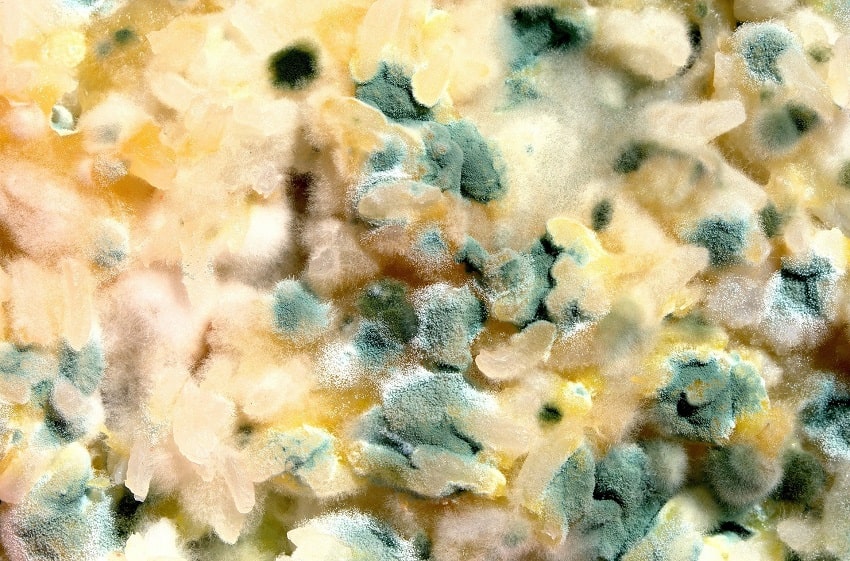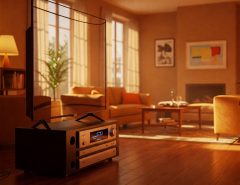Mold can be a common problem inside and outside of homes in Nashville. Moisture is formed when spores are spread through the air. Mold is able to form and grow in moist environments. Mold is common inside the home when you have a more severe issue, such as a leak or flooding. Some mold can be caused by poor ventilation in commonly wet locations, such as bathrooms and kitchens.So before you tackle the mold inside your home make sure you find the cause of the mold.
Mold can cause various health problems for your family. Mold can enter your home through a variety of ways. Here is some basic information on common mold in Nashville and how it affects your home.
Common Types of Mold
Alternaria: This mold is commonly found in showers, bathtubs, sinks, and other damp areas. It is a common allergenic mold, which is harmful to respiratory systems. It is dark green or brown and has a hairy texture. It looks like branches on a tree as it spreads out over the area.
Aspergillus: This is the most common type of mold throughout the United States. It can be found on foods that are high in starch, like potatoes. When aspergillus is found in foods it is not a huge health concern. However, when it is found inside the walls of your home, it produces deadly carcinogens. Because it is so common and comes in many forms, there is not a common color or shape of this type of mold.
Chaetomium: This type of mold changes colors over time. It starts as white and darkens the longer it lives. It can grow from white to gray, and eventually to black. It has a musty odor. Chaetomium is commonly found in homes and buildings that suffered water damage. This mold can cause infections when it comes in contact with skin and nails.
Cladosporium: This type of mold is most commonly found indoors on materials like fabrics, carpets, and furniture. It can grow in both cold and warm weather and is typically green or brown in coloring. Cladosporium is an allergen that can cause rashes, lesions, and lung infections.
Fusarium: Fusarium grows where there is water damage in upholsteries, carpets, and wallpaper. It is either red, white, or pink in color and spreads quickly. When someone is exposed to this mold they experience flu-like symptoms. It can cause damage to the nervous system and brain and bone infections with prolonged exposure.
Penicillin: This mold can be caused by water damage in homes and buildings. It will grow on all surfaces in the home. It is green and blue in coloring and spreads quickly. If exposed to penicillin, animals and humans can develop respiratory problems.

What To Do If You Find Mold
If you find mold in your home, it is important to call a professional to come and remove the mold. Professional mold removal services, such as https://firstsouthernrestoration.com/mold-removal/ use techniques and tools to remove the mold in a safe manner. These professionals know how to handle mold that could be found anywhere inside your home. It is important to handle mold completely. The professionals will know what to look for and where to search for big mold problems.
If you find a small amount of mold and feel comfortable cleaning up the mold yourself, make sure to wear protective gear. Cover your skin with clothes and protective gloves. It is also important to wear safety goggles and a respirator mask in certain mold cases. Scrub the mold with water and cleaner, usually a detergent or bleach. Make sure the room you are working in is well ventilated. If there is any material you cannot wash the mold from, such as fabrics and upholstery, throw it out.

Prevent Mold From Growing
There are some common ways to prevent mold from growing inside of your home. You can keep your home safe by fixing any leaks in your plumbing, roofs, windows, or any appliances. If you notice a leak anywhere, try and remove any water and resolve the issue before mold can grow. It can help to regularly maintain and inspect your appliances, specifically your HVAC systems. Make sure commonly damp places, like bathrooms, kitchens, and laundry rooms are well ventilated. Keep your home at a low indoor humidity, typically around 30 to 50 percent. You can also use a dehumidifier in your home during humid months. If you experience any flooding or water damage, dry the area completely.
Risks of Mold
There are some severe health risks involved if your home has mold in it. If mold is present, it is important to remove it completely. People who suffer from allergies and autoimmune disorders are especially susceptible to the effects of mold. Some symptoms of exposure to mold can be similar to other allergies, such as runny nose, itchy eyes or skin, sneezing, and difficulty breathing. Prolonged exposure or asthma can make those symptoms worse. For an overview of symptoms, check out this source.
Effects of Mold in the Home
Besides the health concerns, mold can lead to damage to drywall, carpeting, furniture, roofing, and flooring. The mold can eat away at whatever material it is found on. If left unattended for long enough, the mold can ruin the structural integrity of whatever surface it is on. This could lead to roofs collapsing, walls caving and floors buckling. This doesn’t happen quickly. It takes a while for the mold to grow enough to cause that much damage. However, this can be a concern if flood damage isn’t properly repaired and mold removed from inside of walls that you might not see on a regular basis.
Mold can affect your home and family’s health if left untreated. Some mold problems can be solved by cleaning it yourself. However, bug mold jobs require the expertise of a professional. When it comes to mold, don’t mess around with getting the job done properly and completely.



